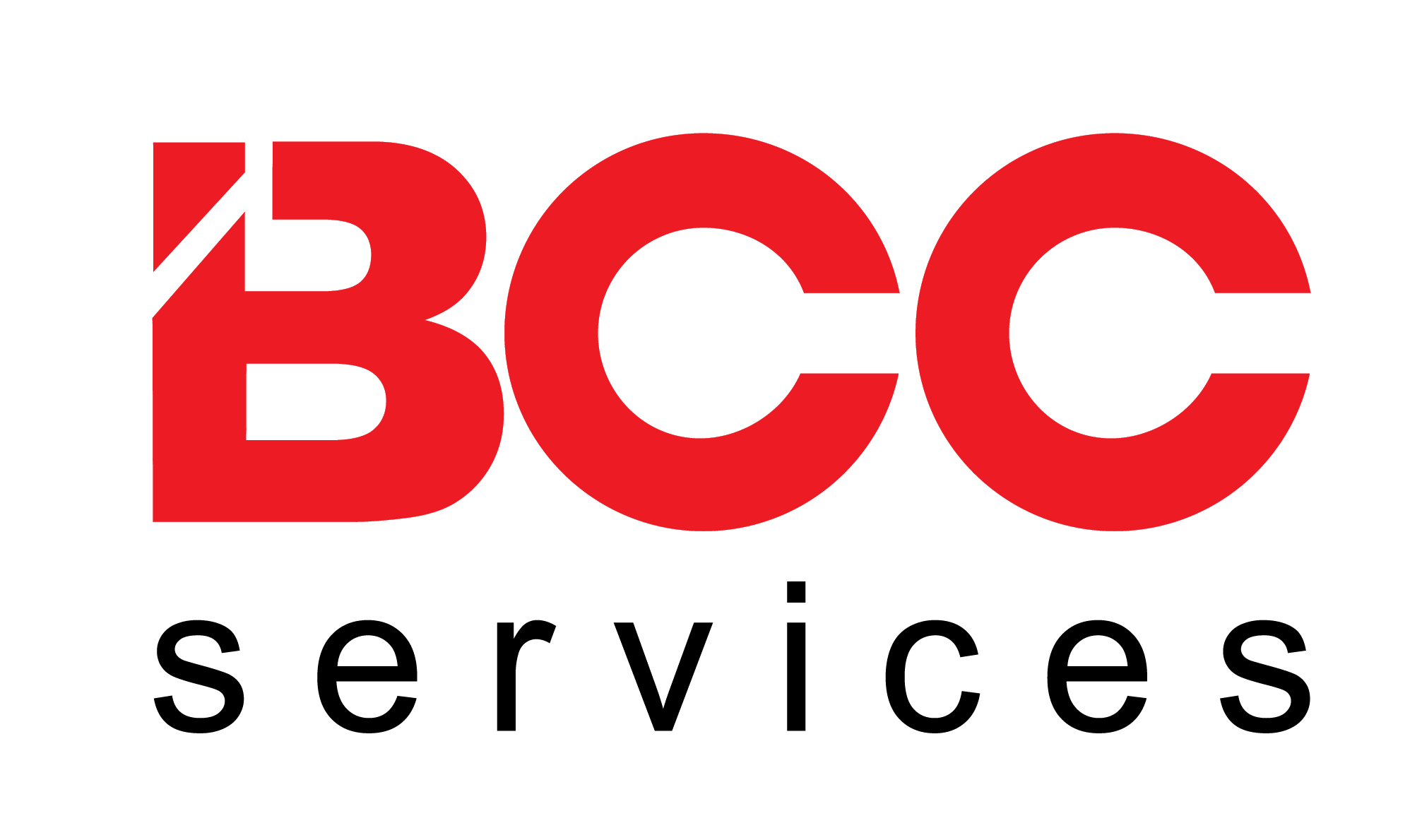Few companies today are prepared to handle the exponential growth in the volume, velocity, and variety of their enterprise data. Fewer still are equipped to manage and account for that data and make the resulting records accessible to the organization as a whole.
Information Is the New Currency of Business
While information governance is a well established practice among government entities, it has typically not compelled private sector companies to invest in enterprise content management (ECM) systems.
An ECM integrates document, email, records, and Web content management, content workflow, image processing, and collaboration technologies. Companies rely on ECM as a means to facilitate the lifetime management of their business content, from creation to disposal, according to their business needs and policy.
A governance-based enterprise content management is helping companies to meet data privacy regulatory guidelines through the management & disposition of data.
